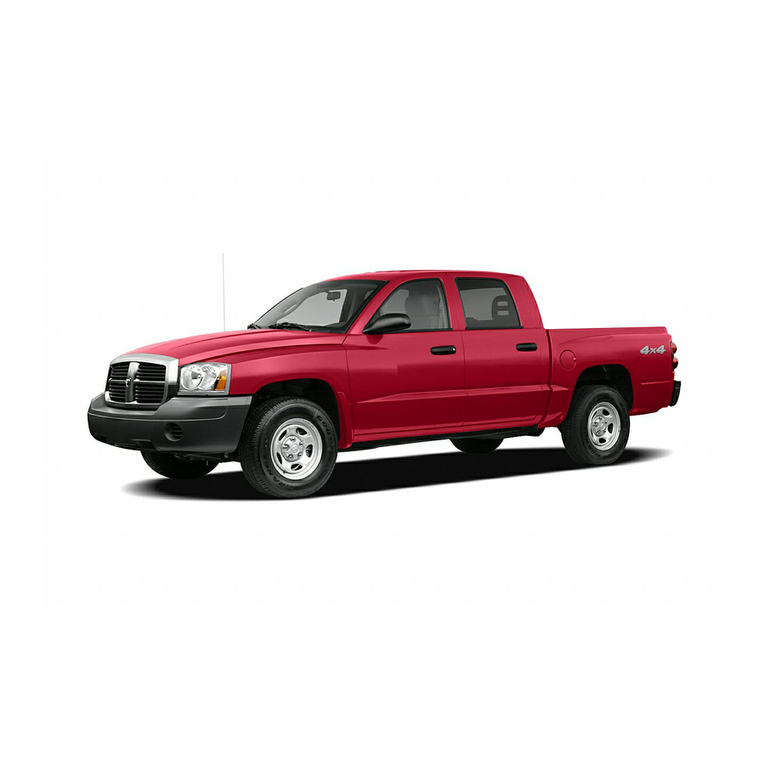Chevrolet truck 1960 User manual
Other Chevrolet Automobile manuals

Chevrolet
Chevrolet C6H042 User manual

Chevrolet
Chevrolet Suburban C1500 2004 User manual

Chevrolet
Chevrolet 2013 Duramax Diesel User manual

Chevrolet
Chevrolet 2016 Equinox Assembly instructions

Chevrolet
Chevrolet Silverado 2005 Assembly instructions
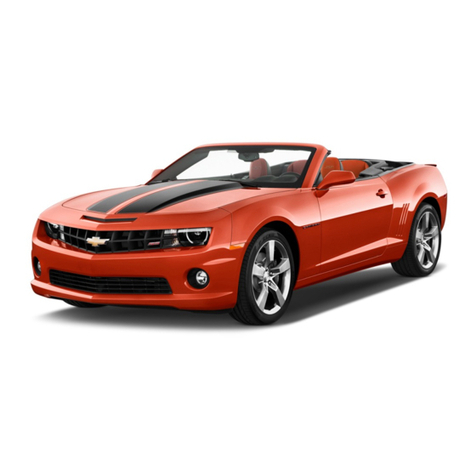
Chevrolet
Chevrolet 2011 Camaro User manual

Chevrolet
Chevrolet 2012 Malibu User manual
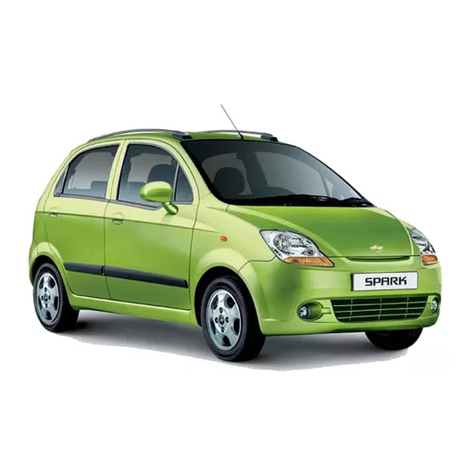
Chevrolet
Chevrolet 2014 SPARK LS User manual
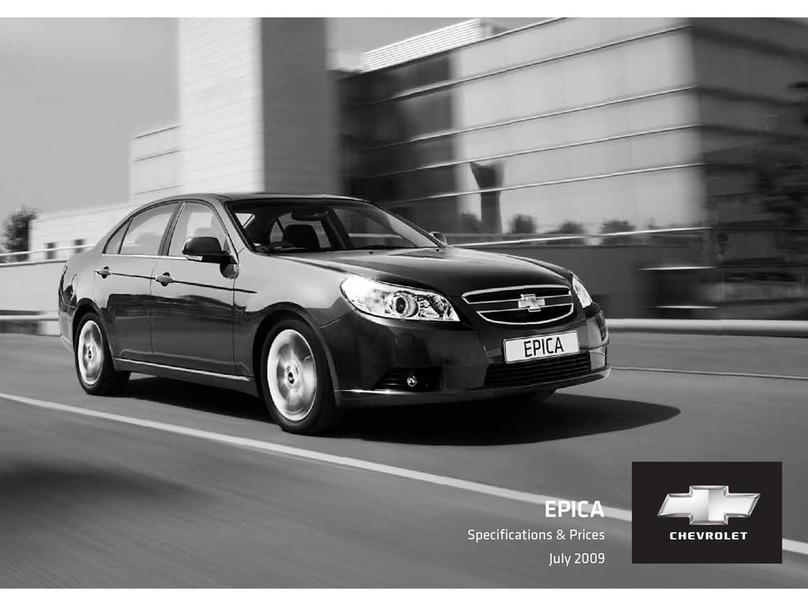
Chevrolet
Chevrolet 2006 Epica User manual

Chevrolet
Chevrolet 2003 Venture User manual
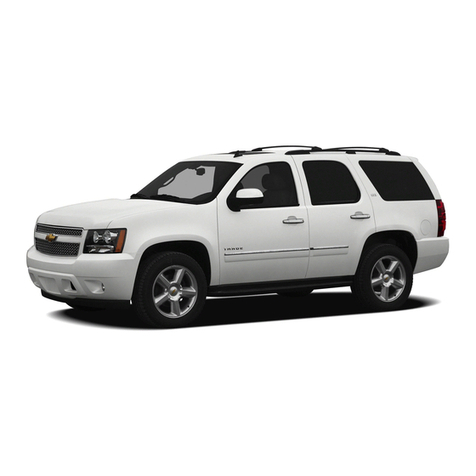
Chevrolet
Chevrolet 2010 Tahoe Police User manual
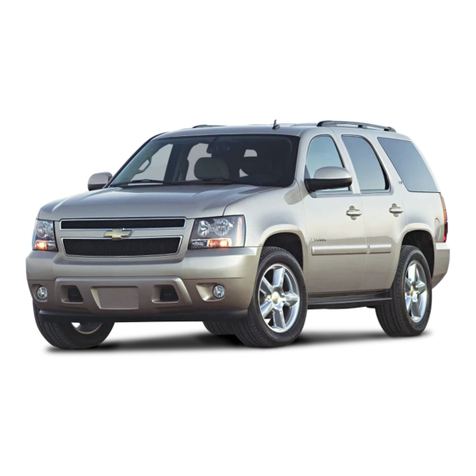
Chevrolet
Chevrolet 2007 Avalanche Parts list manual

Chevrolet
Chevrolet 2010 Colorado User manual
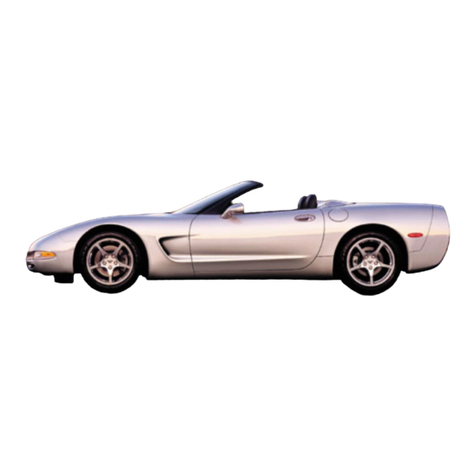
Chevrolet
Chevrolet 2001 Corvette User manual
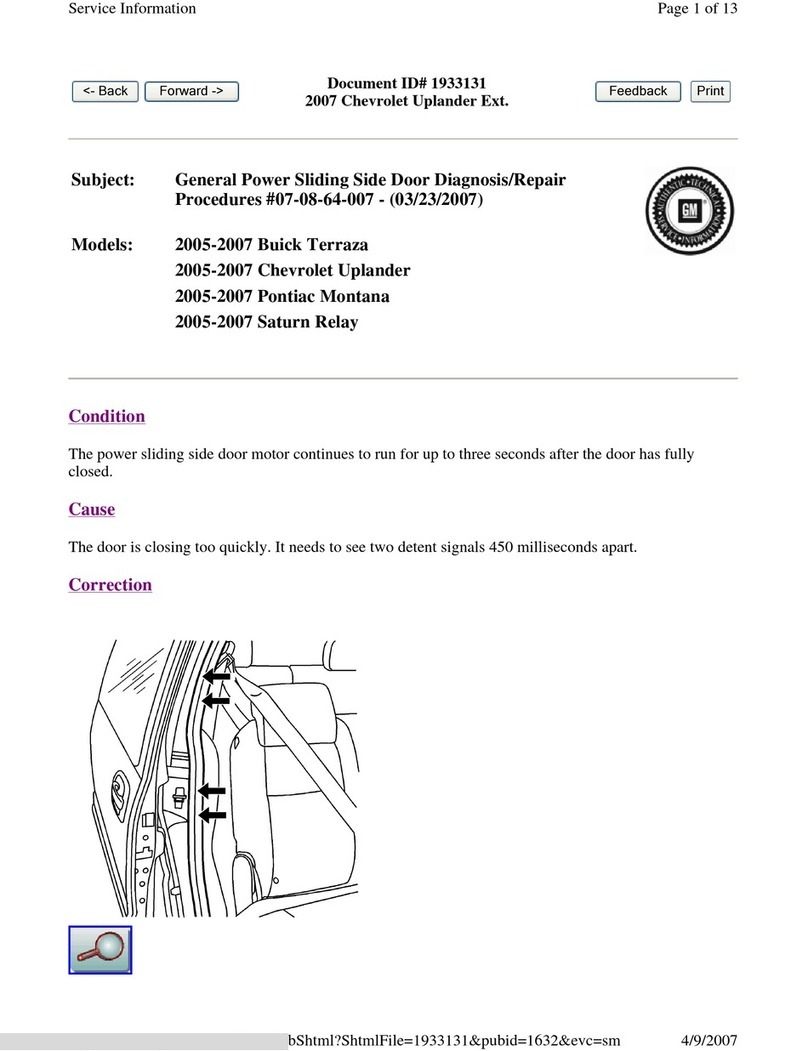
Chevrolet
Chevrolet Uplander Ext 2007 Operating and installation instructions

Chevrolet
Chevrolet CORVETTE 2020 Assembly instructions
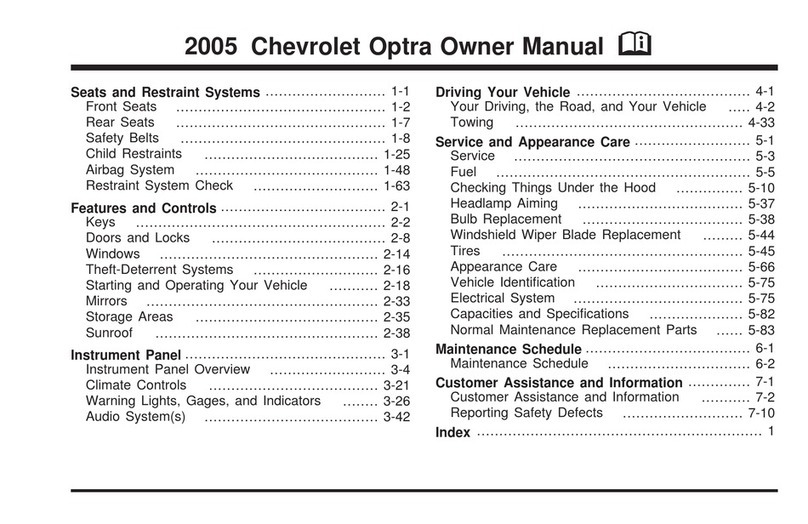
Chevrolet
Chevrolet Optra 2005 User manual
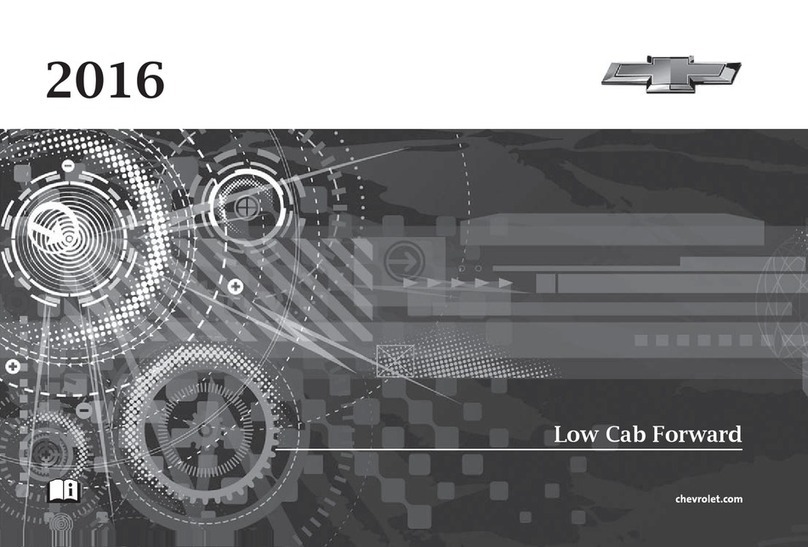
Chevrolet
Chevrolet Low Cab Forward 2016 User manual
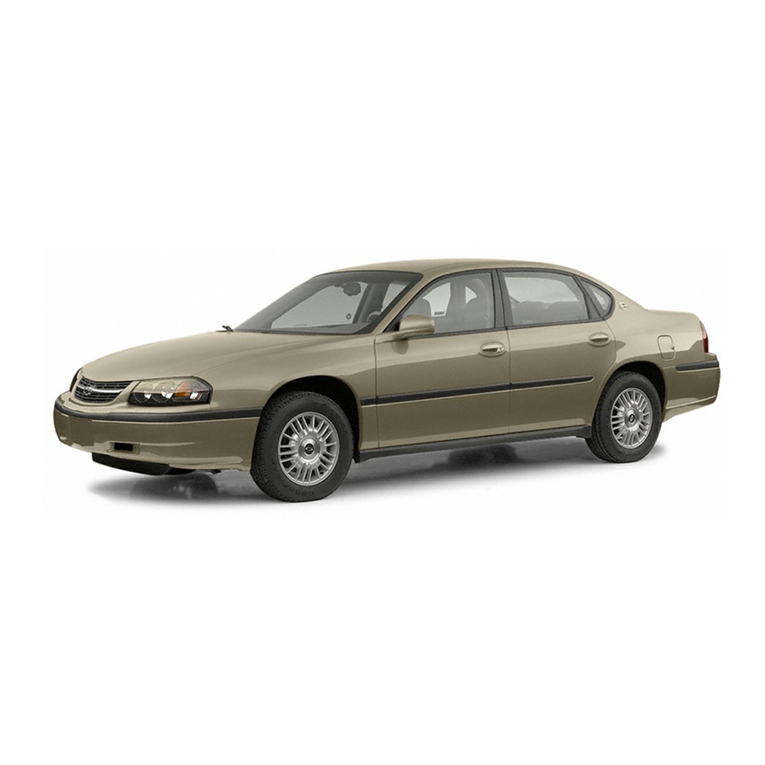
Chevrolet
Chevrolet 2003 Impala User manual

Chevrolet
Chevrolet 2013 Impala Police Package User manual





















